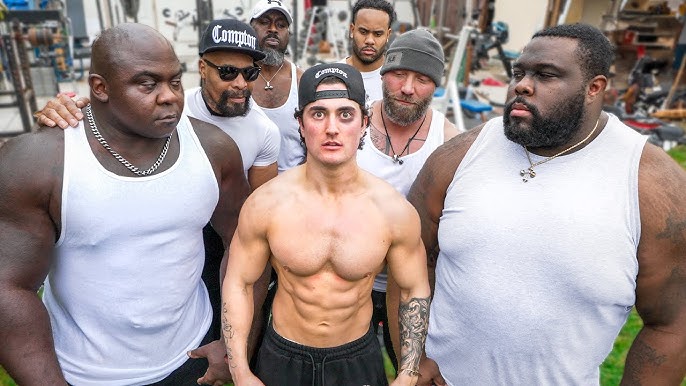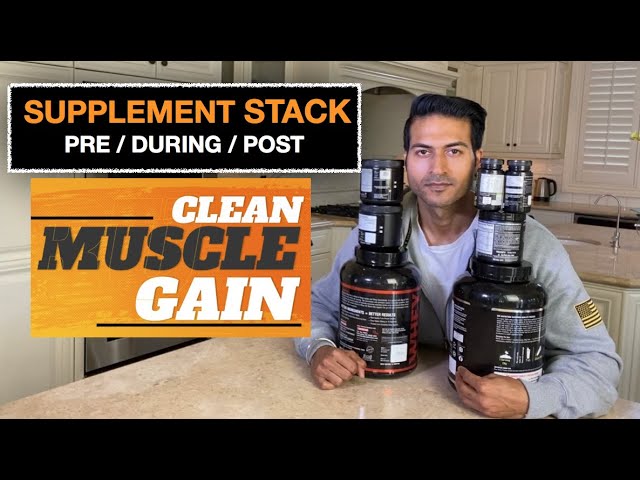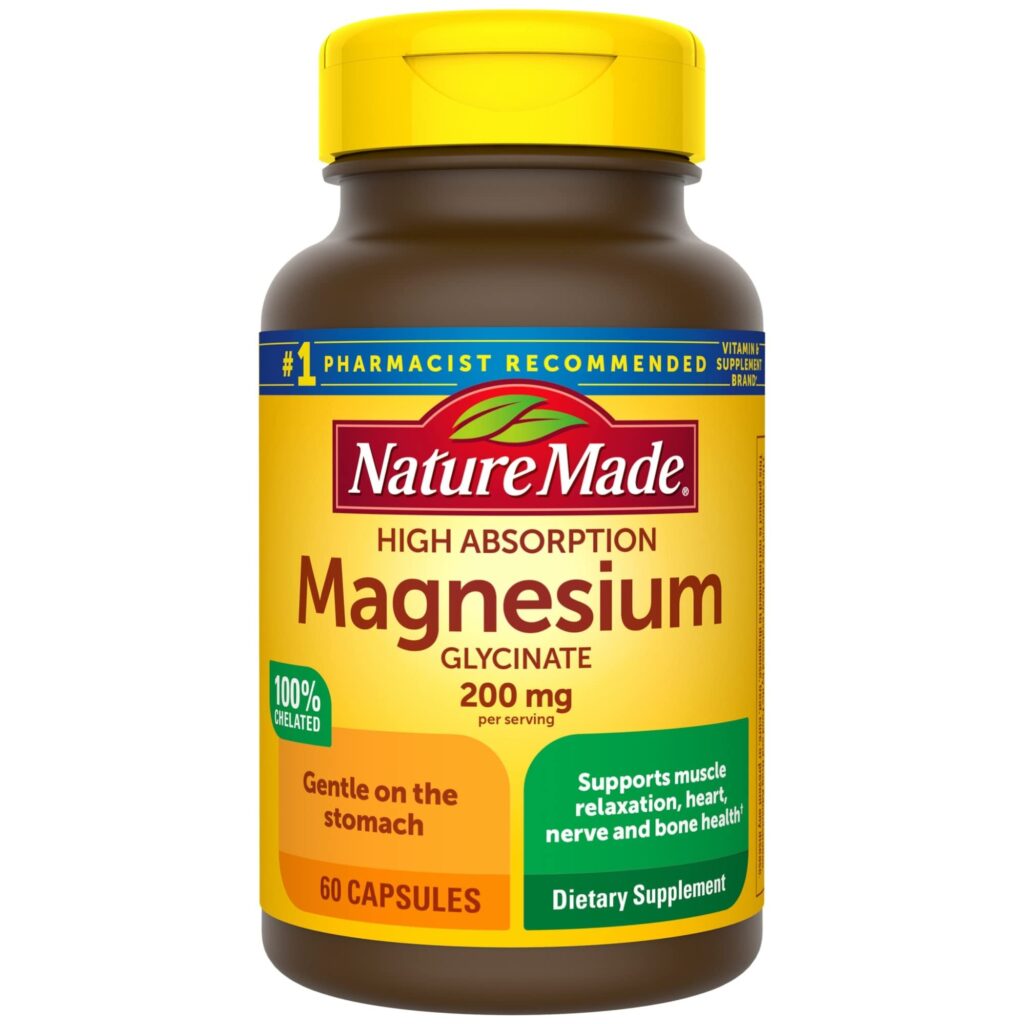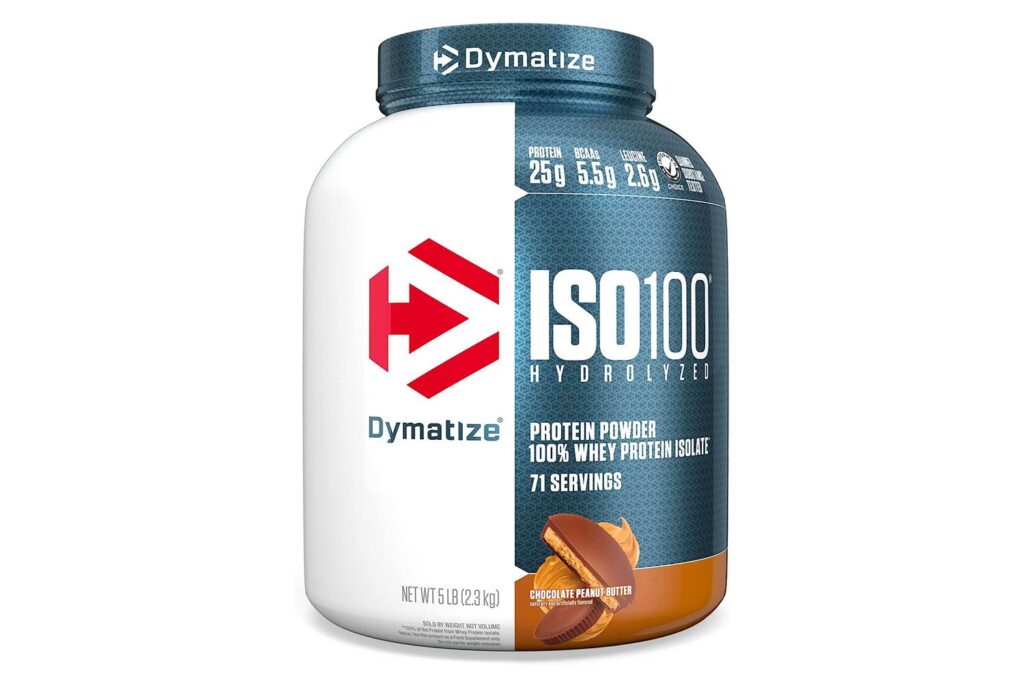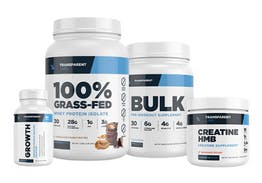Prisoners build muscle through bodyweight exercises, improvised weightlifting, and consistent workout routines. Limited equipment forces creativity and discipline.
Building muscle in prison involves using limited resources effectively. Inmates often rely on bodyweight exercises like push-ups, pull-ups, and squats. Improvised weights, such as water-filled containers or makeshift dumbbells, supplement these routines. Consistency and discipline are crucial, as structured schedules help maintain regular workouts.
Nutritional intake, although limited, plays a role in muscle development. High-protein foods, if accessible, are prioritized. Peer motivation and competition foster a conducive environment for fitness. Despite constraints, prisoners find ways to stay fit and build muscle through determination and resourcefulness. This dedication showcases human resilience and adaptability in challenging situations.
Limited Resources
In prison, inmates build muscle using bodyweight exercises and makeshift weights. Limited resources push creativity, leading to intense, improvised workouts. Rigorous routines and determination help them achieve significant muscle growth despite constraints.
Equipment Constraints
Prisoners often face equipment constraints. Gym equipment is rare. Many prisons have no weights or machines. Inmates get creative to stay fit. They use bodyweight exercises like push-ups and sit-ups. These exercises need no equipment. They can be done anywhere.
Creativity In Workouts
Creativity in workouts is key. Prisoners use what they have. They fill bags with water to make weights. They use bunk beds for pull-ups. Staircases become places for cardio. This shows how resourceful they are.

Credit: www.amazon.com
Bodyweight Exercises
Push-ups and pull-ups are great for building muscle. They use your body weight. You can do push-ups anywhere. Pull-ups need a bar or something to hang from. Both exercises work many muscles. Push-ups target the chest, shoulders, and triceps. Pull-ups work the back, biceps, and shoulders. Many prisoners do these exercises daily. They help to build upper body strength. Doing many reps makes the muscles stronger.
Squats and lunges are good for the legs. They use body weight too. Squats work the thighs, hips, and buttocks. Lunges target the same muscles but in a different way. These exercises do not need any equipment. Prisoners can do them in their cells. Many squats and lunges make legs strong. They help to improve balance and flexibility. Regular practice makes the lower body powerful.
Improvised Weights
Prisoners often use homemade equipment to build muscle. They use items like water bottles and bags of books. These items become their weights. They might also fill bags with sand or rocks.
Everyday items are turned into fitness tools. Towels are used for resistance exercises. Broomsticks become weightlifting bars. Chairs and tables help with push-ups and dips.
Diet And Nutrition
Prison food is often basic but can be nutritious. Meals usually include protein, carbs, and vegetables. Some prisoners trade food for more protein-rich items. Beans, chicken, and fish are often available. Basic meals help maintain health but might lack variety. Some prisoners also get food from the commissary. This includes items like tuna, peanut butter, and protein bars. These foods can help build muscle.
Supplements are hard to get in prison. Some prisoners use creative methods to get nutrients. They might crush multivitamins and mix them with water. Protein powder is rare but can be found. Sometimes, prisoners save money to buy supplements. Others rely on natural sources like eggs and milk. These methods help keep their bodies strong.
Mental Toughness
Inmates follow a strict daily routine. They wake up early and exercise. This builds discipline. Regular habits are very important. Every day includes the same activities. This helps form a strong mind. Consistency is the key. It keeps them focused and motivated. Physical training is a part of their life. They rarely skip workouts. This commitment builds both mental and physical strength.
Prison life is very challenging. Inmates face many difficulties. They learn to overcome adversity. This makes them stronger. They find creative ways to train. They use what they have. This shows their resilience. Tough times teach valuable lessons. Strength grows from struggle. They become better and stronger every day.

Credit: m.youtube.com
Community Support
Prisoners often form workout groups. These groups help them stay motivated. They share different exercise routines. Everyone follows the same schedule. This builds a sense of discipline. They push each other to work harder. This helps them build muscle.
Prisoners support each other. They cheer for one another. This peer motivation creates a positive environment. It helps inmates stay focused. They celebrate each other’s progress. This makes them feel good. They keep trying to get better every day.
Success Stories
Many inmates have amazing transformations. They use their time wisely. They focus on building muscle and getting fit. Some inmates start with little knowledge. They learn from others in prison. They follow strict workout routines. They make use of limited equipment. They often use bodyweight exercises like push-ups and squats. Consistency and dedication are key. Their hard work pays off. They leave prison stronger and healthier.
Life changes for many after release. They continue their fitness journeys. Some become personal trainers. They inspire others with their stories. Staying fit helps them stay positive. It keeps them away from trouble. They build new lives with confidence. They find new opportunities because of their discipline. Fitness becomes a big part of their life. It helps them stay focused and healthy.

Credit: determinationincorporated.com
Frequently Asked Questions
How Do Prisoners Build Muscle Without Equipment?
Prisoners often use bodyweight exercises like push-ups, squats, and pull-ups. They get creative with limited resources, using bedsheets for resistance training. Consistency and dedication are key factors in their fitness routines.
What Is The Prison Diet For Muscle Gain?
Prison diets are usually basic, but inmates supplement with commissary items. They focus on protein-rich foods like canned tuna, peanut butter, and beans. Nutrient timing and meal frequency play important roles in their muscle-building efforts.
Do Prisoners Use Makeshift Weights?
Yes, prisoners often create weights using everyday items. They fill bags with water, books, or other heavy objects. These makeshift weights help them perform resistance training exercises effectively.
Can You Gain Muscle In Solitary Confinement?
Yes, prisoners can still build muscle in solitary confinement. They rely on bodyweight exercises and limited space routines. Mental discipline and creativity keep them motivated and active despite isolation.
Conclusion
Building muscle in prison showcases human resilience and adaptability. Inmates utilize creativity, discipline, and limited resources to stay fit. Their methods emphasize bodyweight exercises, improvised weights, and mental toughness. These strategies highlight the importance of determination and resourcefulness in achieving fitness goals, regardless of circumstances or environment.

